UX Direction in game production
about this article
On this article, I share my reflections regarding my experience as UX Associate Director at Ubisoft and my core philosophy of UX design applied to video games 🙂.
It aims to help Designers, Leads, and Directors understand the role of UX design in game development from a strategic perspective.
learn ABOUT PRINCIPLES OF UX IN GAMING
If you want to know the basics of UX Design and its application in video games, I recommend you to check my talk about UX Design in my portfolio before reading this article.
Applying UX to game development

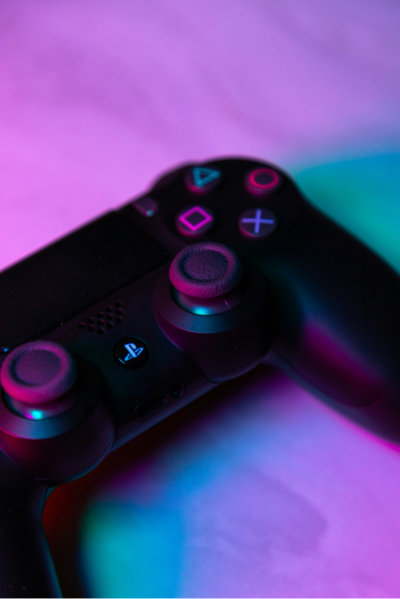
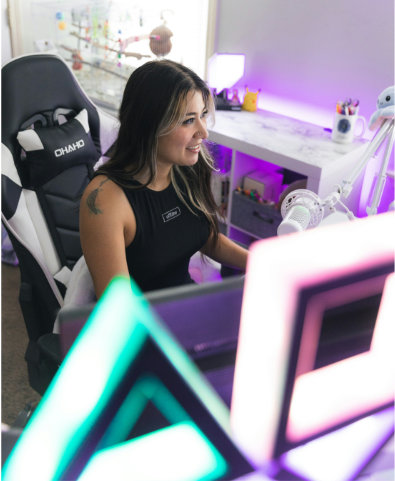
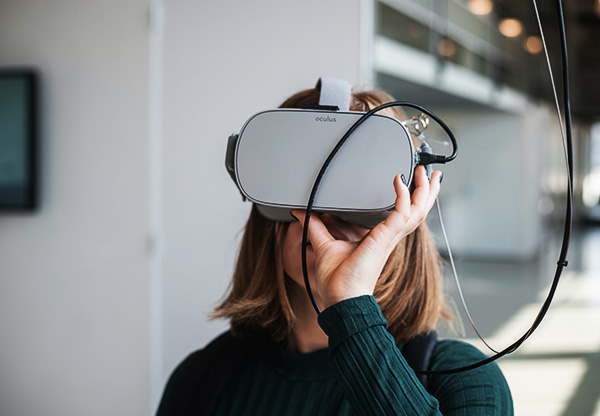
The role of UX is to understand the target user and help creators achieve success. Developing a UX strategy is much more than applying methodologies and processes: it’s a mindset. My UX philosophy brings a holistic perspective, connecting systems and player journeys into cohesive experiences.
What makes it particularly interesting as opposed to generic UX design applied to web services and apps, is that in video games you need to question every aspect of your design and remind yourself how it conveys the creative vision of the game.
On the other hand, design has a lot of power and can have a great impact on users and society. In video games, considering ethics in design is mandatory, especially when representing companies like Ubisoft whose work can impact millions.
Unfortunately, even as UX Director, my influence is limited, and it is not my call when it comes to narrative content or game design.
Image sources : Sean Do, Taylor R, Daniel Lincoln (Unsplash).
In video games, you must question every aspect of the design and remind yourself how it conveys the creative vision of the game
UX is a shared responsibility
UX Direction and Game Direction are profoundly connected.
Both directors need to collaborate together toward the same objective: to deliver a game experience that embraces the creative vision and elevates it through the core gameplay mechanics and interaction design, resulting in a coherent and engaging player experience.
Both roles look at the same game features but through different lenses:
1.- Game Directors focus on the WHAT
- Game design rules
- Game difficulty
- Game mechanics
- NPC Behaviours
2. UX Directors focus on the HOW
- Signs and feedbacks
- Intuitive interactions
- Input mapping & ergonomics
- Usability & navigation patterns
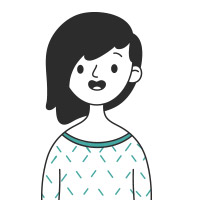
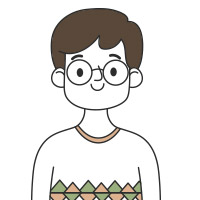
it's a matter of mutual understanding
It is essential that these two roles work together with mutual understanding and respect for each other’s expertise. These dynamics are key but not always smooth or easy to apply.
I cannot stress enough how important it is that this collaboration is done in parallel, not sequentially.
Early involvement for UX ensures that accessibility, clarity, and player feedback are being taken into consideration early in development, avoiding misalignment or rework that is simply too late to apply.
User Experience and Game Design must collaborate simultaneously because sequential workflows undermine UX strategy
Some key questions to help reframe early ideas:
- Game Design:
- How does this feature convey the creative pillars of the game?
- How does this feature influence the player’s motivations toward autonomy, competency, and novelty?
- UX:
- How can UX contribute to support player’s motivations?
- To what extent these game rules need to be surfaced to the player, and how?
- Accessibility:
- How does the player use this mechanic if they are colorblind?
- How can the player play this feature if they can’t hear?
UX will help include elements often overlooked in early design phases, such as onboarding, accessibility, and external services like platform integration.
Identified frictions
The evaluation varies according to the complexity of the project. Globally, we have these steps:
1. Hierarchical barriers
Reporting directly to the Game Director (as I have in the past) can make Game Direction easily overstep UX Direction and prevent them from challenging ideas and offering alternative perspectives. It can also endanger the concept of parallel work and reinforce the pitfall of sequential work.
A structure where the UX Director reports to the Game Director could work with strong interpersonal trust, but it can narrow the vision either way. UX should not be perceived as a countervailing opposing force but as an ally. If there is no space to make this happen, opportunities will be missed.
In practice, the player experience should remain a constant discussion between Game Direction and UX Direction, with the Creative Director making the final call if needed. I personally consider that the Creative Director is ultimately the Player Experience Director of the game as a whole.
2. Role confusion
Some game designers, deeply focused on their features, could benefit from a UX perspective that would take into account the overall user experience design system to determine which channel to use to inform the player about what actions can be taken and at what moment.
In my experience, most of the features are led by Game Design and Narrative Design, where UX can act as a consultant to support the owner on how to display information and drive the player's understanding, but sometimes it makes more sense that features are led and fully owned by UX. Either way, it requires joint effort.
I have seen great collaboration between Game/Narrative Designers with UX Designers, thanks to their deep understanding of UX and accessibility. They would directly consult my UX Designers with the right UX mindset, giving them space to design wireframes and beyond in a collaboratively way.
As opposed to that, I have seen Game Directors approve feature prototyping and integration by Game Designers without consulting UX so that "they could do it fast". The feature had such poor results that not even the team members could understand it at all during playtests. As a consequence, the amount of noise and retakes made the process incredibly inefficient.
User Research and data analysis
Taking into consideration User Research insights is also a shared responsibility between Game Director and UX Director.
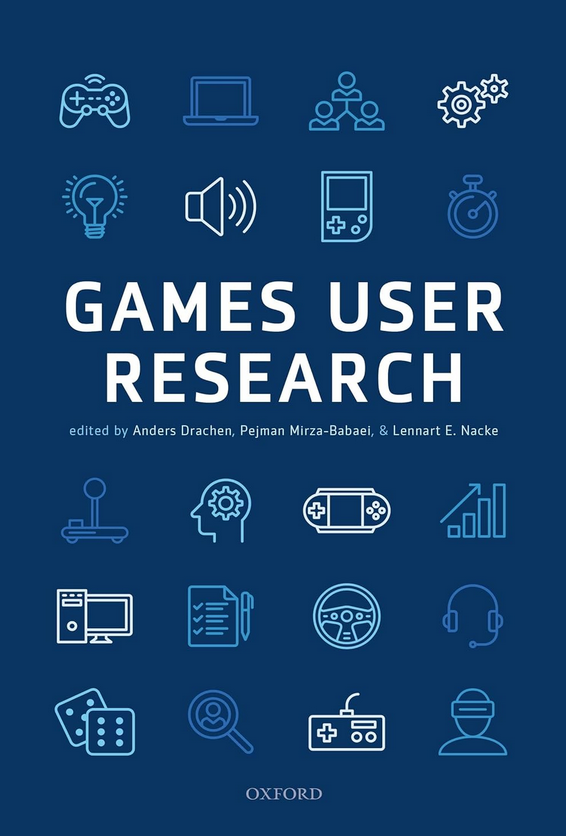
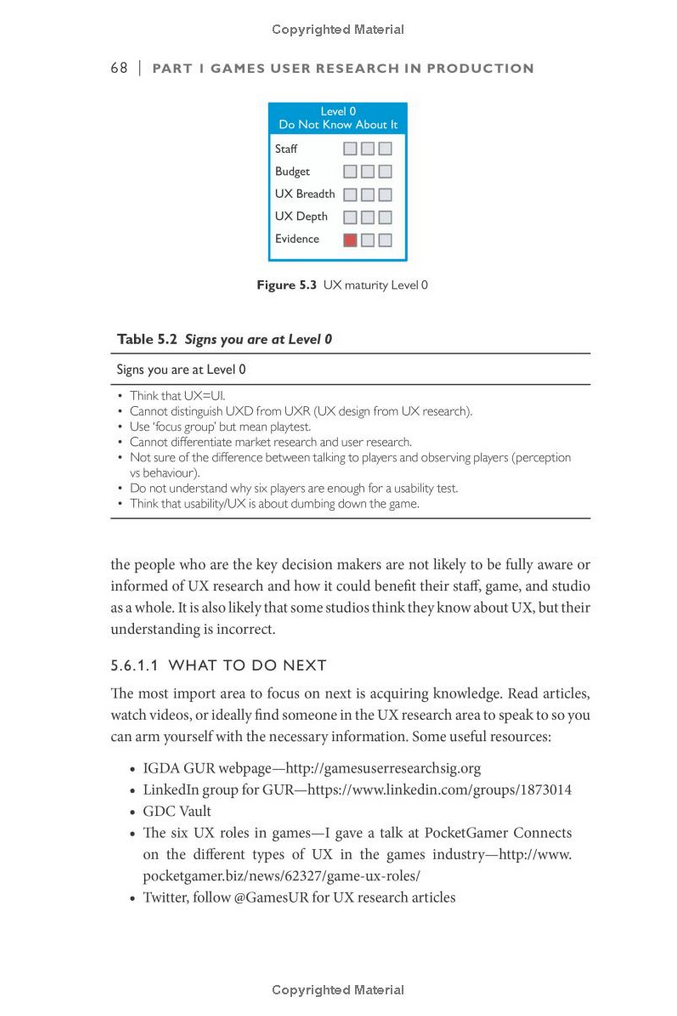
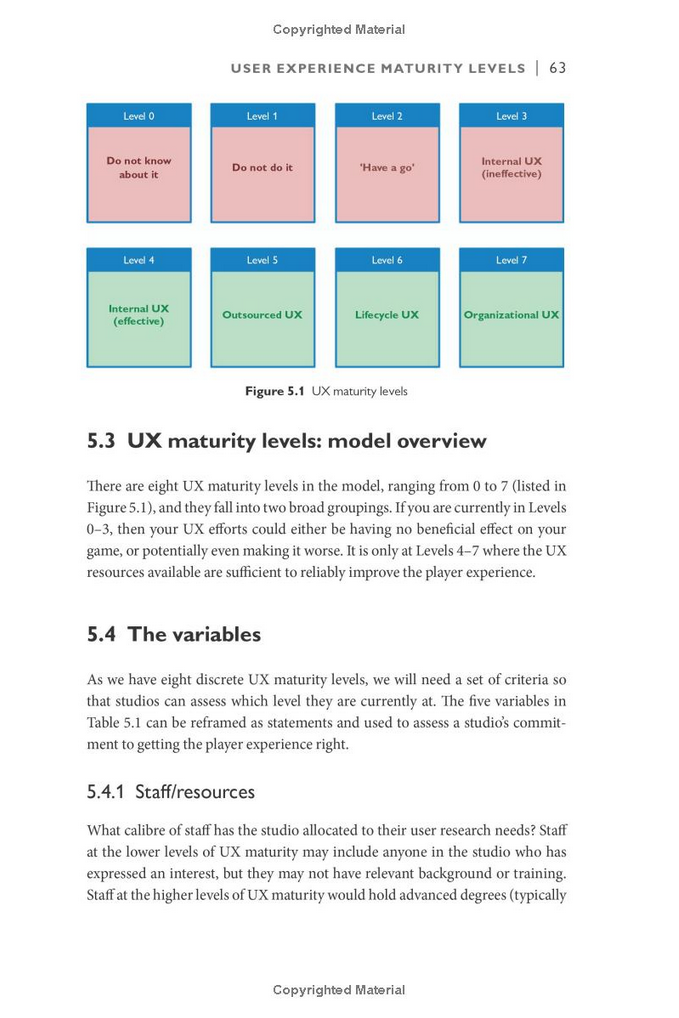
The role of the ux Director in User Research
The UX Director not only offers perspective but also keeps a sharp and unbiased eye on data and reports from the User Research team. Often overlooked, reports from User Research are magnificent opportunities to leverage a player-centric lens and make informed decisions.
The UX Director should be fairly familiar with User Research methodologies and their application. They should be in close contact with the User Research team to help them reframe questions and support them in their work, even advocate for them within the production.
The UX Director must deep dive into reports and scrutinize results about mechanics issues, usability issues, etc. that are preventing players from enjoying the experience.
From a broader perspective, User Research is a powerful tool to help regulate over time how features are impacting positively or negatively the player experience and the creative vision as a whole.
This applies during production and on a live game.
If a feature is not connecting the players to the creative vision, then it can be totally revised or even cut.
The added value of the UX Director is that they can always extract key insights from these reports and make good use of them while avoiding the data being “weaponized,” as User Research experts usually complain about.
Better decisions can be made by being more and better informed thanks to User Research, and it is the UX Director’s responsibility to remain this present as part of the ongoing collaboration with the Game Director.
Conclusions
This article is based on my experience and learnings at Ubisoft, as well as the exchanges within the community of Directors at Ubisoft from a collaborative workshop conducted internally.
The UX Director is a valuable ally who can relieve the Game Director of UX considerations for the most relevant features. Together they can better anticipate impacts, offer perspective, and inform decisions with data, benchmarks, and a player-centric lens.

Beyond tools and processes, UX brings a holistic perspective to production.
UX Directors may not dive as deeply into individual features as gameplay designers do, but they help connect the dots across systems, services, and player touchpoints.
This includes elements often overlooked in early design phases, such as onboarding, accessibility, and external services like platform integration.
Finally, none of this is possible without the sharp eye, creativity, rigor, and expertise of the valuable members of my team. Direction is possible when designers actively contribute as a task force, driven by collective intelligence and collaborative approaches to work together as a team.
